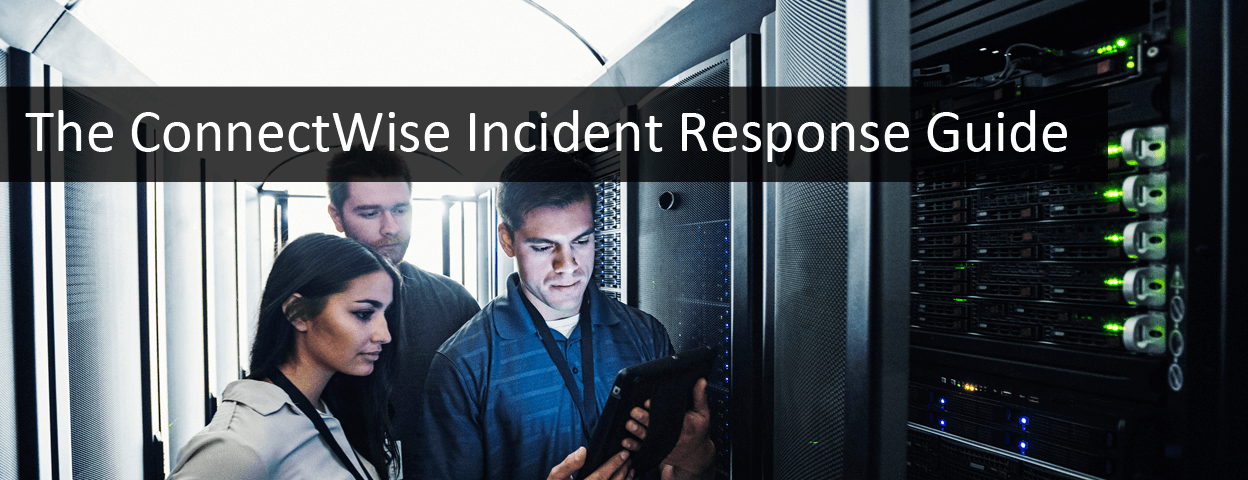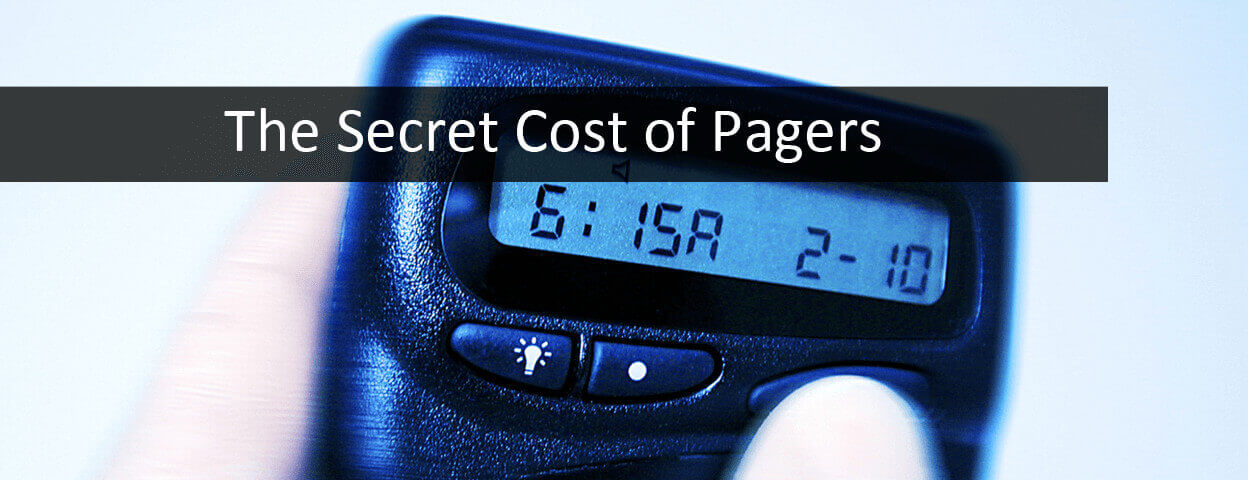Blog

At LiveWorx 2017, OnPage-ThingWorx Integration Gets Highlighted
By the year 2020, there will be over 50 billion devices connected to the internet on this planet. Devices ranging from healthcare to manufacturing will become obsolete if they cannot connect to other platforms in the field. Yet how can companies who desire to be part of the IoT revolution jump onto the connected bandwagon … Continued
read more
Moving from break-fix to managed services
MSP’s Guide To Happy Customers An MSPs’ ability to work effectively at their job depends on their technical expertise. However, their ability to ensure customer satisfaction is what will maintain current clients and win over future ones. Clearly, a successful MSP is more than just technical expertise. So, given this reality, MSPs need to be … Continued
read more
Smart Doctors Use Smartphones
Why BYOD in healthcare is important Technology is ever-changing but in healthcare, the adoption of new technologies is often slow. One good example is demonstrated by healthcare’s use of smartphones over pagers. Eight years ago, only half of doctors used smartphones for work.Today, that number has grown to a healthy 84% which while more robust … Continued
read more
The 3 Ways to Improve IT Incident Management
The IT Incident Management Manifesto Effective IT incident management is concerned with deviations from, and threats to, the standard operation of services. During the course of time, even the best IT of department will experience incidents. How IT reacts to incidents is a key driver of MTTR (mean time to repair) as well as customer … Continued
read moreThe Incident Management Guide for MSPs
MSP service desks primarily work with tickets to ensure effective incident management. For example, if a service interruption occurs for an MSP’s client, a service ticket is created. Managing incidents for multiple accounts, however, is a challenge for MSPs. As such, MSPs need an incident management system to handle IT incidents from different clients under … Continued
read more
How to solve healthcare’s on-call management problem
On-call management’s long tail At its best, on-call management in healthcare can be labeled as inefficient. Yet, on-call has a long tail. Poor communication starts with poor on-call hygiene which hinders subsequent communications. Physicians, nurses and other caregivers do not spend enough time communicating about the patient’s needs because they have difficulty reaching other clinicians and … Continued
read more
Improve IT alert management
Reduce IT alert noise and improve productivity In IT Ops, monitors send alerts when thresholds are passed. Unfortunately, these thresholds are responsible for much of the excessive noise. In fact, organizations waste an average of $1.27 million every year responding to the noise of false alerts. Today, it’s no longer enough to simply get alerts. Ops teams … Continued
read more
The ConnectWise Incident Response Guide
The ConnectWise Incident Response Guide A new survey of 2,400 IT and security professionals conducted by The Ponemon Institute on behalf of IBM finds 66 percent of respondents say their organization is not prepared to recover from cyberattacks. A growing trend is to let MSPs handle cyberattacks and other critical incidents. Those with experience have … Continued
read more
Pager inefficiencies cost hospitals millions
Do you know how pager inefficiencies impact your hospital ? Hospital paging system use reached its zenith in 1994. While pager use has dropped in the ensuing 23 years, cellphone use by physicians has becomes near ubiquitous with recent findings showing that 91% of physicians owned a smartphone and 88% used their mobile devices frequently in the … Continued
read more
Seven reasons you should tackle insecure texting in healthcare
Risks of insecure texting in healthcare Many hospitals understand the limits of pagers in hindering communications. They see how pagers inhibit a robust communication system for the institution. As BYOD (bring your own device) increases in popularity, doctors are increasingly turning to texting as an easy way to communicate with one another and exchange patient information. … Continued
read more